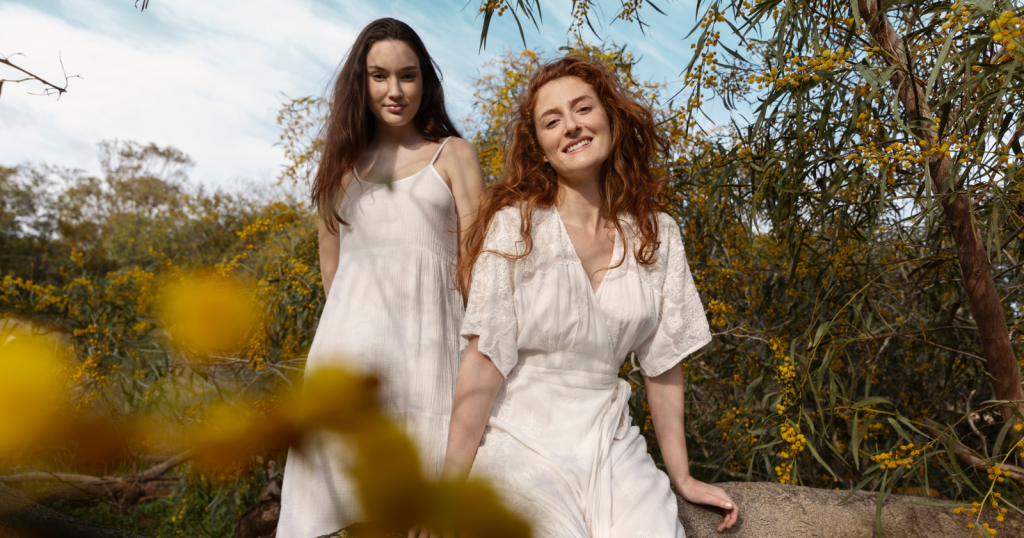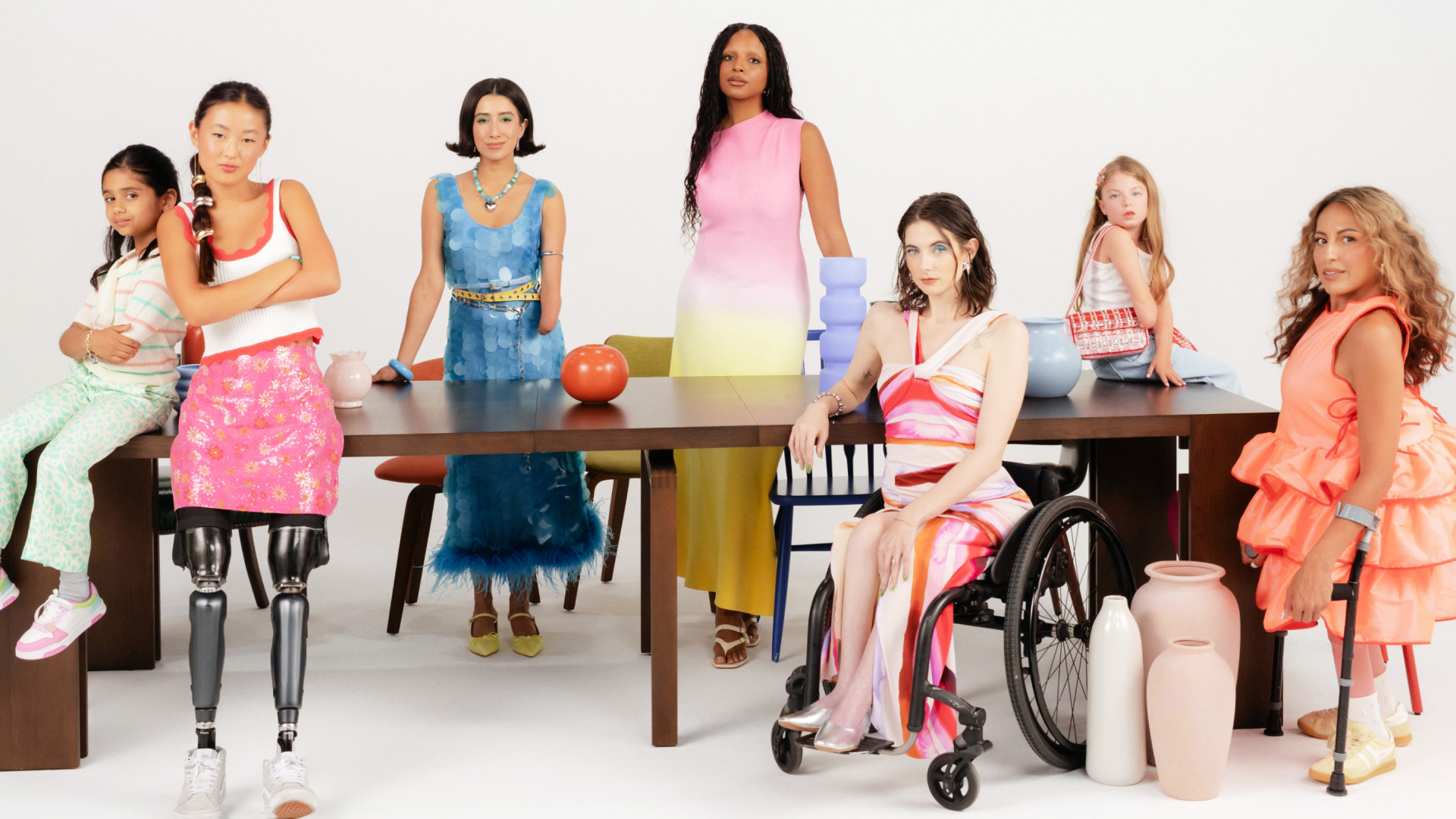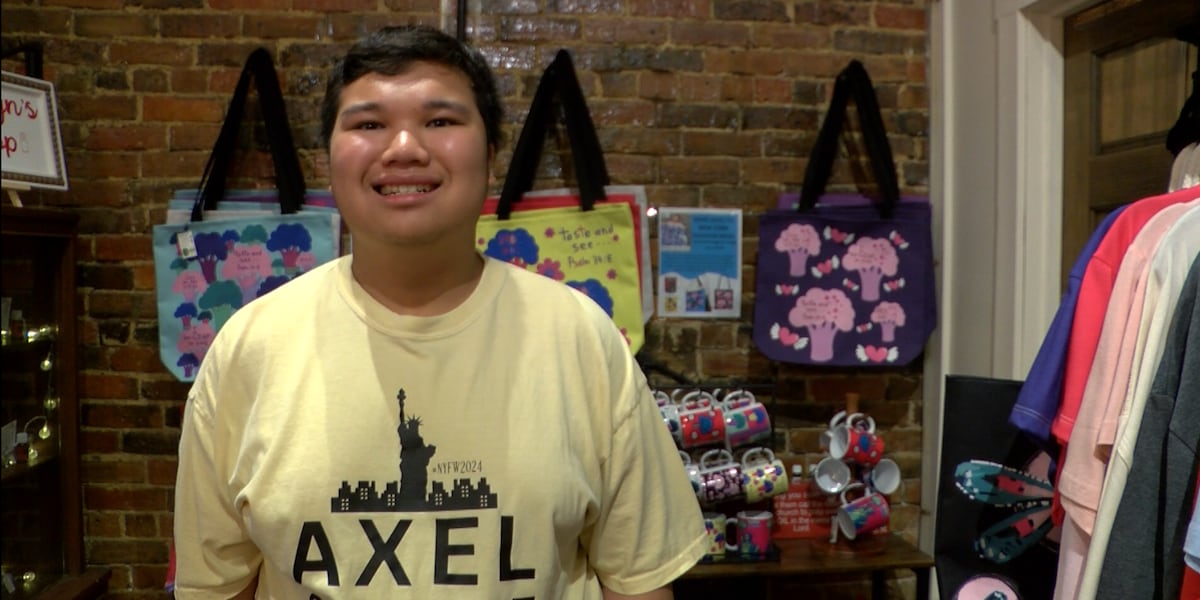Ever stood in your closet wondering if your favorite leather jacket came from a happy cow?
I used to think going cruelty-free meant sacrificing style or breaking the bank. Turns out, I was completely wrong.
After years of trial and error—and some seriously questionable fashion choices along the way—I’ve discovered that making compassionate wardrobe swaps is easier than I ever imagined.
The best part? You don’t need to throw out your entire wardrobe overnight or spend a fortune on specialty items. Small, strategic changes can make a huge difference for animals while keeping you looking fabulous.
Ready to discover how simple it really is? Let’s dive into seven game-changing swaps that’ll transform your closet without the drama.
1. Swap leather bags for innovative alternatives
Remember when vegan leather meant cheap, plastic-looking knockoffs that cracked after a few months? Those days are long gone.
Today’s leather alternatives are mind-blowing. I recently picked up a bag made from pineapple leaves—yes, you read that right—and people constantly ask where I got it. The texture, durability, and look are indistinguishable from traditional leather.
Cork leather is another winner. It’s naturally antimicrobial, water-resistant, and gets softer with age. Plus, harvesting cork doesn’t hurt the trees, so it’s a win-win for everyone involved.
Mushroom leather is having a moment too. Brands are creating accessories from mycelium that feel luxurious and last for years. The innovation happening in this space is incredible.
Just don’t forget to do your research. Look for brands that prioritize quality over quick profits. Read reviews, check return policies, and don’t be afraid to invest in pieces that’ll stand the test of time.
2. Replace wool with high-performance synthetic fibers
Wool feels cozy, but the reality behind its production isn’t always pretty. The good news? Modern synthetic alternatives can keep you just as warm without the ethical concerns.
Merino wool alternatives made from recycled plastic bottles perform incredibly well. They’re moisture-wicking, odor-resistant, and perfect for everything from base layers to sweaters. I’ve worn synthetic fleece on trail runs in freezing temperatures, and it kept me comfortable the entire time.
Bamboo fiber is another fantastic option. It’s naturally antibacterial, incredibly soft, and biodegradable. The shirts I own feel silky against my skin and wash beautifully.
Tencel, made from sustainably sourced wood pulp, drapes like silk but breathes like cotton. It’s become my go-to for everything from workout gear to professional attire.
The trick is reading labels carefully. Look for certifications that ensure the synthetic materials are produced responsibly and will last through countless washes.
3. Choose cruelty-free footwear that actually lasts
Shoes used to be the trickiest part of going cruelty-free. Not anymore.
Canvas sneakers are timeless and versatile. I have pairs that have lasted years of regular wear, and they only get better with age. They work with everything from jeans to dresses.
Synthetic leather boots have come so far that even shoe enthusiasts can’t tell the difference. The key is investing in quality construction. Look for reinforced stitching, durable soles, and brands with good reputations.
Recycled rubber rain boots are perfect for gardening or farmers’ market volunteering. They’re easy to clean, comfortable for long periods, and come in fun colors that brighten up gloomy days.
For dressier occasions, patent leather alternatives shine just as brightly as the real thing. They’re often easier to maintain too—no special conditioning required.
Don’t forget about performance shoes. Running shoes, hiking boots, and athletic wear have been largely cruelty-free for years. The technology keeps improving, so you’re getting better performance while staying true to your values.
4. Opt for synthetic down that outperforms the original
Down jackets used to mean one thing: feathers from ducks or geese. But synthetic down has quietly revolutionized cold-weather gear.
Modern synthetic insulation is lighter, more compressible, and performs better when wet than traditional down. I learned this the hard way during a particularly soggy camping trip where my synthetic jacket kept me warm while my friend’s down jacket turned into a soggy mess.
PrimaLoft and Thinsulate are two technologies that consistently outperform traditional down. They maintain their insulating properties even when damp, dry faster, and are completely machine washable.
The best part? Synthetic down jackets often cost less than their feather-filled counterparts. You’re getting superior performance at a better price point, all while avoiding the ethical concerns around down production.
According to a 2024 study by FOUR PAWS, consumer concern about animal welfare in fashion is highest for fur usage at 81%, followed by down feather at 59% and wool at 33%. The growing awareness is driving real change in the industry.
5. Embrace plant-based jewelry and accessories
Jewelry might seem like a minor detail, but it’s an area where small changes make a big impact.
Wooden jewelry has become surprisingly sophisticated. I own several pieces made from sustainable bamboo and reclaimed wood that get compliments constantly. The natural variations in grain make each piece unique.
Recycled metal jewelry is another excellent option. Many artisans create stunning pieces from reclaimed silver, gold, and brass. You’re getting something beautiful while keeping materials out of landfills.
Cork accessories are having a moment too. Wallets, belts, and even watches made from cork are durable, water-resistant, and incredibly lightweight. I’ve been using a cork wallet for three years, and it still looks brand new.
Semi-precious stones and crystals offer endless possibilities for statement pieces. They’re naturally cruelty-free and come in every color imaginable.
The key is finding pieces that reflect your personal style while telling a story you’re proud of. Every time someone asks about your unique accessories, you get to share the positive impact behind your choices.
6. Swap silk for equally luxurious plant-based fabrics
Silk feels incredible, but the production process isn’t kind to silkworms. Fortunately, plant-based alternatives offer the same luxurious feel without the ethical concerns.
Soy silk, made from soybean protein fiber, has a natural sheen and drapes beautifully. Scarves and blouses made from this material feel incredibly soft and look elegant in professional settings.
Bamboo silk is another winner. It’s naturally hypoallergenic, moisture-wicking, and has a lustrous finish that rivals traditional silk. I own several bamboo silk pajama sets that feel like sleeping in luxury.
Peace silk, while still made from silkworms, allows the moths to complete their life cycle naturally. It’s a compromise option for those who want real silk with fewer ethical concerns.
Modal, made from beech trees, has a silk-like texture and excellent drape. It’s become my go-to for special occasion pieces that need to look and feel expensive.
The beauty of these alternatives is that they often perform better than traditional silk. They’re easier to care for, less likely to snag, and maintain their appearance longer.
7. Choose synthetic fur that’s indistinguishable from the real thing
Fake fur used to look, well, fake. Not anymore.
Modern synthetic fur is so realistic that fashion editors and style influencers regularly choose it over the real thing. The texture, weight, and appearance are virtually identical to animal fur.
Faux fur coats and accessories are also more practical. They’re machine washable, don’t shed as much, and won’t be damaged by moisture. I’ve worn synthetic fur pieces in rain and snow without worry.
The variety available now is incredible. You can find everything from classic mink-inspired styles to bold, colorful options that make a statement. Some brands even create fantasy fur in colors that don’t exist in nature.
The numbers speak for themselves about this shift. Research shows that five billion animals are being used just for fashion each year, but the tide is turning. The global synthetic fur market is projected to reach USD 863.0 Million by 2033, with an 8.8% CAGR from 2024 to 2033, proving that consumers are increasingly choosing cruelty-free alternatives.
The durability is often better too. Synthetic fur doesn’t mat as easily, maintains its shape longer, and won’t attract moths or other pests.
Making the transition work for you
The beauty of these swaps is that you don’t need to change everything at once. Start with one or two items that need replacing anyway, then gradually build from there.
When I first started making these changes, I worried about judgment from others. Would people notice? Would they think I was being preachy?
The reality is that most people are too busy with their own lives to scrutinize your fashion choices. And when they do notice, the response is usually positive curiosity.
Research brands before purchasing. Read reviews, check return policies, and don’t be afraid to ask questions about materials and manufacturing processes. Companies that truly care about animal welfare are usually happy to share detailed information about their practices.
Remember that perfection isn’t the goal—progress is. Every small change you make creates a ripple effect. You’re not just changing your wardrobe; you’re supporting innovation, encouraging more brands to develop cruelty-free alternatives, and showing others that compassionate fashion is possible.
Final thoughts
Going cruelty-free doesn’t mean sacrificing style, quality, or your budget. It means making thoughtful choices that align with your values while still looking and feeling great.
The options available today are better than ever, and they’re only getting better. Every time you choose a cruelty-free alternative, you’re voting with your wallet for a more compassionate fashion industry.
Start small, be patient with yourself, and remember that every positive change matters. Your closet can be a reflection of your values without compromising an ounce of style.
The animals will thank you, and honestly? You’ll probably discover some new favorite pieces along the way.


